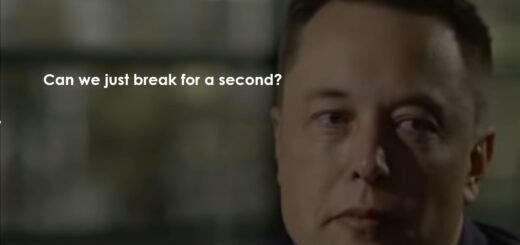Case Study – Retaining top talent when they don’t get the top job

Sometimes the person who brings the most monetary value to a business is not the person with the
right skill set to lead the organization. Balancing an individual’s goals against the long term needs of
the business can be difficult: you don’t want to lose your top performer but you can’t necessarily give
them the job they want. The retiring regional CEO of a financial services firm in Asia faced just this
dilemma when selecting his successor.
Bill was a rainmaker and a key figure; he was responsible for a large share of the company’s income
and some of the biggest deals. He was a natural salesman with ambtion and a strong desire to move
into the CEO position. However, the retiring CEO whilst valuing his boom line contribution, felt he
lacked the necessary vision and leadership skills for the top job.
So what did we do?
To find a way forward that worked for everyone we needed to get to the heart of the issue; to
understand what was holding Bill back and to examine his needs in context with the organizations
needs. We started with some 360 degree feedback. This showed us that although Bill was viewed as
an excellent leader and communicator by his direct reports- his peers didn’t share their view. Bill
was skilled at managing down and his team was fiercely loyal. Unfortunately, he had not invested
time in building those critical lateral relationships and working collaboratively . There was also some
resentment from his peers on his “maverick” personality. These factors affected his perceived
readiness for the top position and needed to be addressed.
Bill took both the positive and negative feedback with calm and a degree of resignation. He had
worked with these people for over a decade. How would he be able change their impression in six
months and if he wasn’t able to- should he resign he wondered? Moving on was certainly one option
available to Bill and it was only natural that he wanted to explore this, but we wanted to help him
think more broadly and move away from a fixed mindset. We used our professional experience to
help bring realism to the situation and really get into the nitty gritty of the different options.
Having explored a number of different scenarios Bill developed two detailed action plans: one would
address pushing for the top job, the other leaving the organization and starting his own business. Bill
shared his work plan with colleagues involved in the 360 feedback. Critical to the perception of
behavioural change is a public acknowledgment that you intend to change so Bill thanked them and
asked for their ongoing input as he underwent a series of developmental initiatives. By doing so Bill
involved his colleagues in his success and made it difficult for them to revert to old ways of thinking
about him. Over a six month period, he checked in with colleagues and updated them on his
progress. Although sporadic and ad hoc those touchpoints for communication with his peers
eliminated many misperceptions about Bill being a maverick.
Outcome
By creating a safe space for considering his options, we helped Bill to see beyond the job title and
discover what excited and engaged him about his work. This allowed us to explore new and
innovative solutions from a position of calm and personal self awareness. We supported him as he
developed new perspectives and insights and he became clear of his next steps -regardless of the
role he held. In the end, Bill didn’t get the top job but stayed on. A regional CEO from outside Asia
was brought in. Four years later-Bill is once again in line for the top job with a more assured chance
of success.






